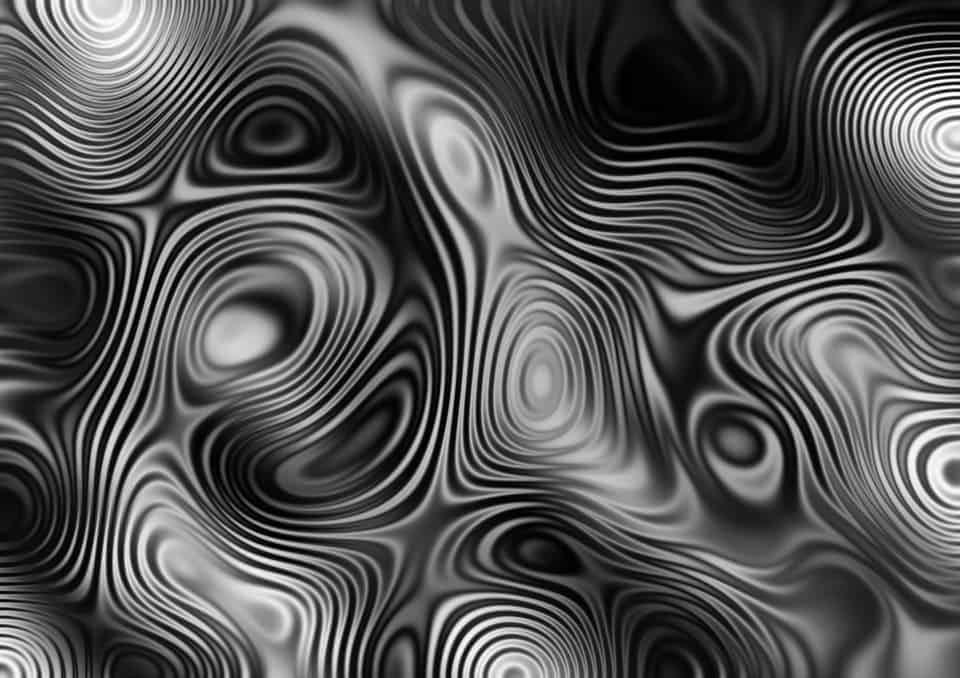Researchers have measured the Fine-Structure Constant with the utmost precision. In doing so, they’ve come up with evidence that might tell us what dark particles and forces might or might not lurk beyond the Standard Model.
The Fine-Structure Constant represents the strength of the electromagnetic force that controls how charged elementary particles (such as electrons and photons) interact.
Up until now, determining the Fine-Structure Constant has mostly fallen in the realm of theory, with scientists using the magnetic properties of electrons to derive its value. Now, a team of researchers at the University of California and Lawrence Berkeley National Laboratory have finally managed to measure the constant through more direct means.
The physicists fired a laser at cesium-133 atoms to force them into a quantum superposition, and then studied what happened to the atoms ‘relax’ back into their natural state. The laser basically guided the atoms along certain paths, producing an interference that is intensely sensitive to the interactions between the lasers’ photons and the atoms. Because the strength of this interaction is governed by the Fine-Structure Constant, the researchers could deduce the speed at which the atoms traveled when they were struck by the laser — ultimately, this led to a new measurement of the constant to better than one part per billion, a three-fold reduction in the error compared to previous work.
The new value closely matched the theoretical one, confirming theories that suggest electrons aren’t made of smaller, unknown particles. At the same time, it deepens a mystery concerning so-called dark photons. These elusive particles should be, as the theory goes, nearly identical to photons, except in one particular aspect: they have mass that would allow them to interact with other particles. Dark matter theory, in general, favors the existence of dark photons, which are thought to be force carriers.
But that’s not to say that these experiments are the last word on these Standard Model extensions. The results may be wrong in the first place, for instance. Additionally, the value calculated by the researchers was close to that theorized but not exact, so there is still room for other particle theories to explain the discrepancy. On the bright side, the method employed by this study provides a new, standardized way to measure the absolute mass of atoms, which means we’ll be able to one day standardize the kilogram — the fundamental unit of mass — without having to rely on some dead weight.
Richard H. Parker et al. Measurement of the fine-structure constant as a test of the Standard Model, Science (2018). DOI: 10.1126/science.aap7706.










